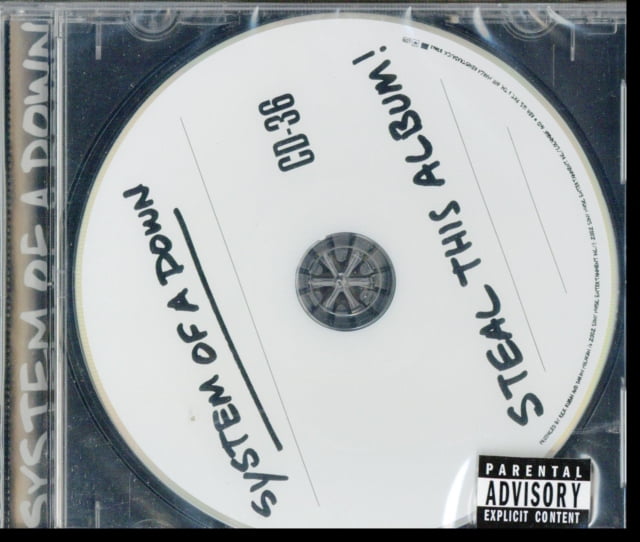

Kelly, Kanye West, or Linkin Park, or a calculated buy-in - Kingdom Come and Budweiser, American Gangster and the film American Gangster, Magna Carta … Holy Grail and Samsung. Every release from this period of his career had a strategic selling point, whether it was a marquee collaborator like R. From 2004 on, he seemed hell-bent on proving that he still had what it took to keep the No. īut Jay never really committed to his retirement. He released his career-defining LP The Blueprint in 2001 and released the excellent retirement fake-out The Black Album just two years later.
#Bounce system of a down album how to#
With the help of brilliant music minds like Kanye West, Just Blaze, and the Neptunes, Jay dictated the course of hip-hop and emerged as a keen songwriter who knew exactly how to maximize the strengths of his collaborators.
/cdn.vox-cdn.com/uploads/chorus_asset/file/22821979/52946782.jpg)
He released at least one project annually, while nurturing promising new talent like Philadelphia-based rappers Freeway and Beanie Sigel. The sound fit Jay just as well as one of Biggie’s oversized Coogi sweaters might have - there are hints of genius, but he was clearly still finding his voice and place in the art form.įrom 1998 through 2003, Jay was unstoppable. 1, which took more than a few cues from the flashy rap aesthetic that Puff Daddy had been proliferating through his Bad Boy label. He followed that with the inconsistent, overly polished In My Lifetime, Vol. He’d adopt a slower, more conversational pace for his 1996 masterpiece debut LP, Reasonable Doubt, a project that was self-released after his undeniable talent was denied by every major label he approached. Jay moved in and out of rapper circles in the late ’80s and early ’90s, popping up on songs with his mentor, Jaz-O, and Big Daddy Kane. But he continued to develop his craft, taking stock of hip-hop’s evolving aesthetics and mastering hyperspeed raps in the vein of East Coast rap duo Das EFX.
#Bounce system of a down album crack#
But as an adolescent, he put his hobby on the backburner and crack sales on the front.

He’d spend his time banging on the kitchen table at his 534 Flushing Avenue apartment, rhyming to the percussion he created. Jay-Z’s adolescence coincided with the Reagan ’80s. His merging of thinking-man street raps with commercial hits paved the way for artists like Kendrick Lamar and J. His catalogue contains some of the most potent imagery and lucid storytelling about poverty and the desperation that it breeds, all while dominating mainstream pop music, in a delicate tightrope act that almost no one else has ever been able to manage for the span of time that Jay has. And now, two decades (and two dozen solo LPs) later, Jay-Z has become one of music’s all-time most important voices. Def Jam, impressed with Roc-A-Fella’s early independent success, agreed to sign a joint venture with the young imprint on one condition: They needed seven albums from Jay. The skinny kid from Brooklyn’s Marcy Projects intended to drop just one album - a musical I was here statement - before partnering with a major label and falling back into a comfy executive role, becoming a vessel to launch hopeful Roc-A-Fella acts like Memphis Bleek and Christión into orbit.īut the industry had different plans. If Jay-Z had his way back in 1996, this list would be too brief to warrant compiling.


 0 kommentar(er)
0 kommentar(er)
